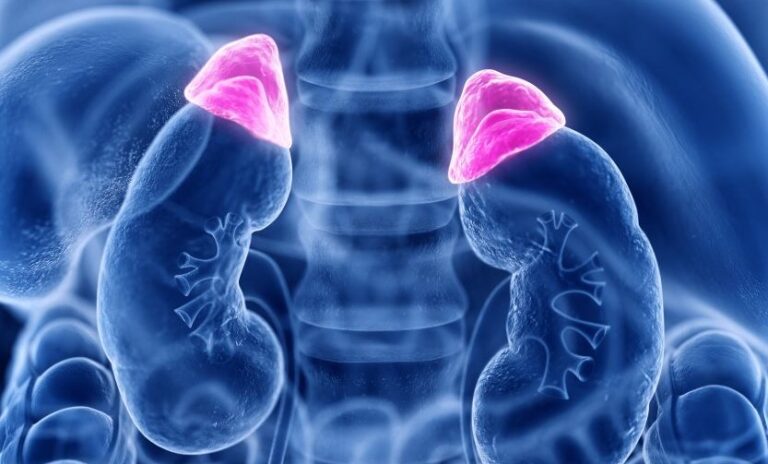Understanding the biology of breast cancer has greatly changed treatment methods in the last decade, and its early detection has significantly improved cure rates.
Thank you for reading this post, don't forget to subscribe!breast cancer patient has several symptoms, including:
- breast lump.
- Change in the size and shape of the breast.
- Change in the color or shape of the skin of the breast.
- Change in the shape of the nipple or areola
- Underarm lump.
The genetic mutation transforms the normal cells that are found in the breast into abnormal cells that are It grows and multiplies at an uncontrollable rate and leads to The spread of cancer cells to the lymph nodes , then it is possible to move to distant places in the body if the diagnosis and treatment is delayed.
Genetics account for 10 % of breast cancer cases. The most famous of them are BRCA1 and BRCA2 which also increase the risk of ovarian cancer.
Risk factors for breast cancer:
- Women more than men.
- Old age
- Personal breast cancer history.
- Family breast cancer.
- Genetic defect such asBRCA1 and BRCA2
- Radiation exposure.
- Early menstruation, and late menopause
- Useof hormonal treatment for menopausal symptoms
- Not getting pregnancy even once
- Obesity.
Reducing the risk of breast cancer:
- Breast self-examination.:
- Consulting the specialist doctor.if you feel a Lump.
- Ultrasound and mammogram.
- Lifestyle modification.
- stop taking hormonal therapy for menopausal symptoms.
Breast cancer diagnosis:
- Clinical examination: of the breasts, lymph nodes and the rest of the body.
- Mammogram and breast ultrasound\
- Taking a sample from the mass, with or without imaging.
- CT scan or positron emission tomography of the body
- Bone scan
The biology of the tumor is determined by assesing the hormonal status (ER PR), HER2 and KI 67.
Breast cancer treatment depends on a combination of treatments, surgery has a pivotal role and may come after or before drug treatment depending on the size and type of tumor and it has several forms:
- Conservative breast surgery:
In which the mass is resected with saftey margin with axillary lymph node dissection.
Followed by radiotherapy to the rest of the breast to prevent new tumors from occurring, and there are reasons that may prevent the surgeon from removing the breast precautionary , including:
- scleroderma.
- Systemic Lupus, which can get worse after radiotherapy.
- Previous exposure to radiotherapy
- presence of more than one tumor in the breast away from each other.
- amastectomy with dissecting of the lymph nodes under the armpit.
- prophylactic mastectomies reduce the risk in cases of genetic defects such as BRCA 1 and 2.
A complementary reconstructive surgery is performed during or after surgery using several methods, including silicone and muscle reconstruction.
The complementary therapy includes radiotherapy، chemotherapy, and hormonal drug therapy.
The role of periodic follow-up comes with detection and imaging every 3 to 6 months for the first two years and then every 6 to 12 months thereafter based on international scientific guidelines to complete the treatment plan..




